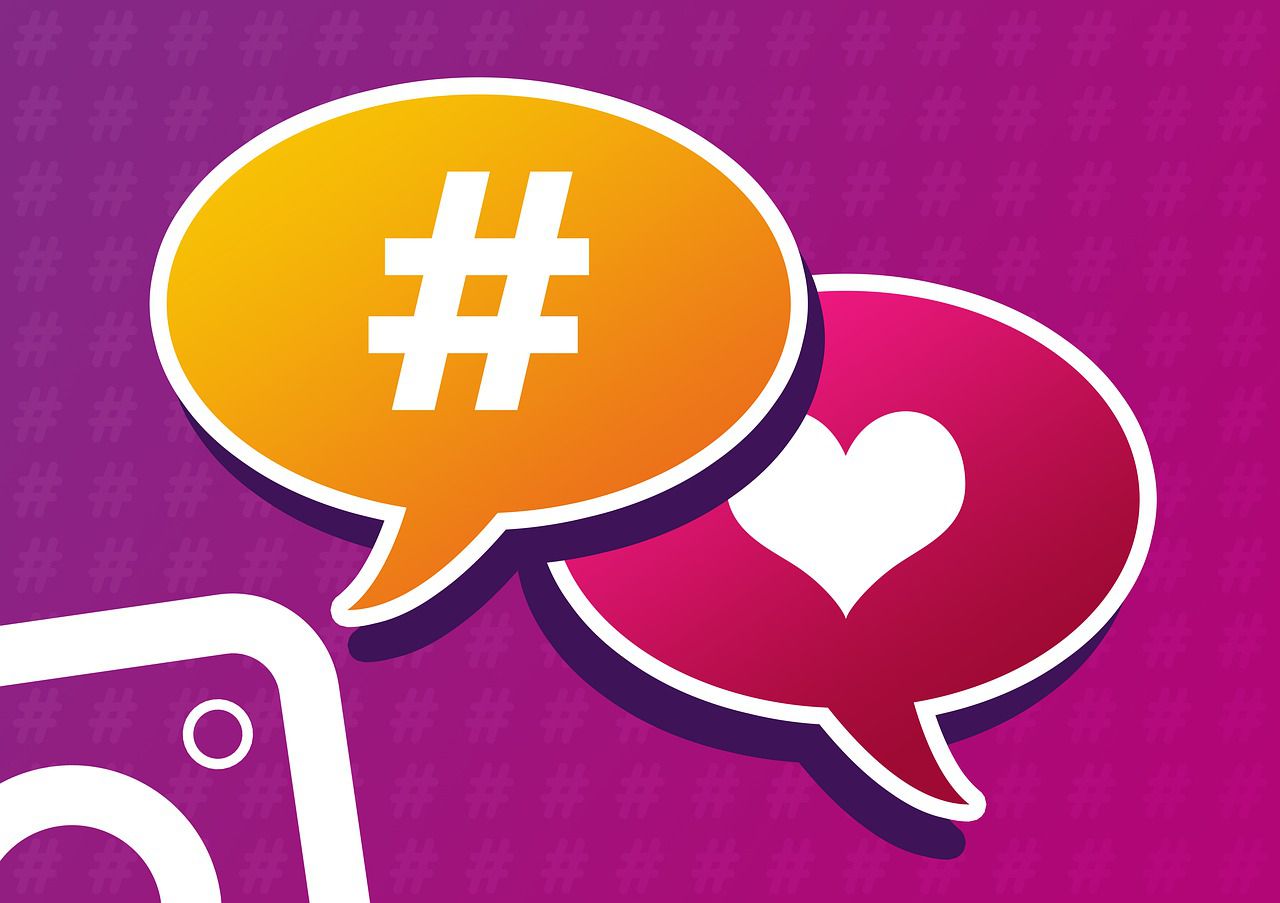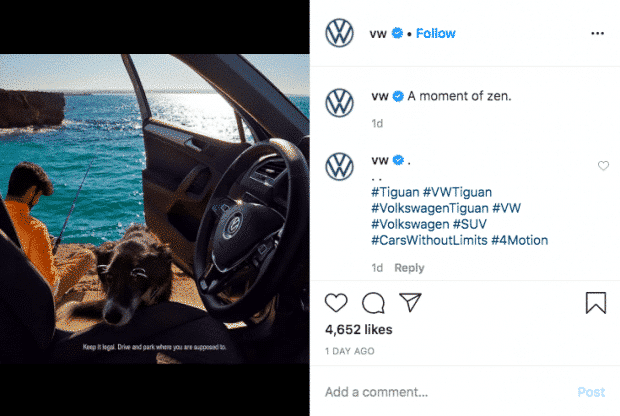Instagram hashtags can make or break your Instagram marketing technique. Use these hashtags in a correct way and it helps your posts to be seen by more people who are interested in your products or brand. However, if you use them incorrectly, you may really do damage by annoying your followers or getting penalized by Instagram’s algorithm. To use hashtags for Instagram successfully, you should understand how they work via this 2021 Instagram hashtags guide.
A hashtag is a mixture of letters, numbers, and/or emojis preceded by the # symbol. They’re used to categorize content and let people find this content easier.
Hashtags are clickable. Anyone who clicks on an Instagram hashtag will see a page including all the posts that have this hashtag.
Hashtags are an essential method to increase your Instagram audience and get more reach. When you use a hashtag, your post will be shown on the page for this hashtag. If you use a hashtag on your Story, it might be included in the relevant hashtag Story, which also appears on the hashtag page.
People who follow hashtags could see your hashtagged post in their feed even if they haven’t followed you.
Instagram hashtags can be an effective way of building a community online so people are motivated to interact with your brand. For instance, as people change how they work out in 2020, Nike Los Angeles used the #playinside hashtag to show how local people getting active in their homes.
As of July 19, 2021, these are the top 10 hashtags on Instagram:
- #love (1.835B)
- #instagood (1.150B)
- #fashion (812.7M)
- #photooftheday (797.3M)
- #beautiful (661.0M)
- #art (649.9M)
- #photography (583.1M)
- #happy (578.8M)
- #picoftheday (570.8M)
- #cute (569.1M)
Remember that the most popular Instagram hashtags are not the most effective.
A lot of posts may mean that a lot of people follow that hashtag. However, it also means your posts might get lost among tons of content there. Instagram suggests using some popular and niche hashtags to reach different groups of audiences, from broad to specific.
Instagram divide hashtags into 9 distinct types:
- Product or service hashtags: These key phrases introduce your product or service, like #handbag or #clothing
- Niche hashtags: These show where you fit in the context of your business, like #beautyblogger or #foodblogger
- Industry Instagram community hashtags: These hashtags let you find and be a part of existing communities on Instagram. Think #gardenersofinstagram or #craftersofinstgram
- Special event or seasonal hashtags: These are related to real holidays or seasons in a year, like #summerdays, or you can use for all National [Thing] Day holidays, like #nationalicecreamday
- Location hashtags: Even if you geotag your Instagram post, it may still be a great idea to include a hashtag that is related to your location, like #parislandscape or #londoneats
- Daily hashtags: Each day has tons of its own hashtags, from #MondayBlues to #SundayFunday
- Relevant phrase hashtags: These hashtags combine parts of product hashtags, niche hashtags, and community hashtags. These phrases are used to connect to existing communities in a slight insider way, like #shewhowanders
- Acronym hashtags: Maybe the most famous acronym hashtag is #TBT for Throwback Thursday. Other popular acronym hashtags are #OOTD for outfit of the day or #lfl for like for like.
- Emoji hashtags: You can add emojis on these hashtags, like #????, or words or phrases with emojis attached, like #ball????.
Branded hashtags are another great choice for your Instagram business.
You’ll be able to add up to 30 hashtags on each post and 10 hashtags on a Story. If you try to add more, your comment or caption won’t be published.
That said, just because you can use all 30 hashtags for Instagram doesn’t mean you should. There’s no right number of hashtags for every business or every post by the same business.
The consensus is that about 11 hashtags are number, to begin with. However, the most typical number of hashtags to use on Instagram is between 1 and 3.
You’ll need to do some testing to find out what works best for your particular business.
Once you’ve spent time crafting a great Instagram caption, you might not want to finish your post with a prominent collection of hashtags. Luckily, there are a few easy ways to make your hashtags less visible.
The way to hide Instagram hashtags in your comment:
- Write your caption as usual, don’t add any hashtags
- Once your post is published, just leave a comment under your post.
- Write out or paste the hashtags you need to include in the comment box and tap Post.
- On mobile, your hashtags won’t be seen unless a user taps View all comments. However, your comment will stay at the top on the desktop, so this trick works better if you are concentrating on the mobile audience.
Source: VW on Instagram
You can also add hashtags in the caption itself without them being totally visible.
- At the bottom of your caption, choose Return or Enter. If you don’t see these buttons, tap 123 to bring it up.
- Enter a punctuation mark (try a period, bullet, or dash), then click Return again.
- Repeat at least three times from steps 2 to 4.
- Instagram shows three first lines of your captions, so your hashtags won’t be viewable unless people click … more. Even then, your hashtags will be seen separated from your caption so they don’t distract from your copy.
How to hide captions on Instagram Stories:
You’ll be able to hide hashtags on Instagram Stories, too. One option is just to make your hashtags look smaller by pinching and shrinking them. You can also tap the hashtag sticker to change it from a white background to a semi-transparent form.
If you want to hide your hashtags entirely, you can paste an emoji, sticker, or GIF overtop to obscure them.
Source: Christina Newberry



